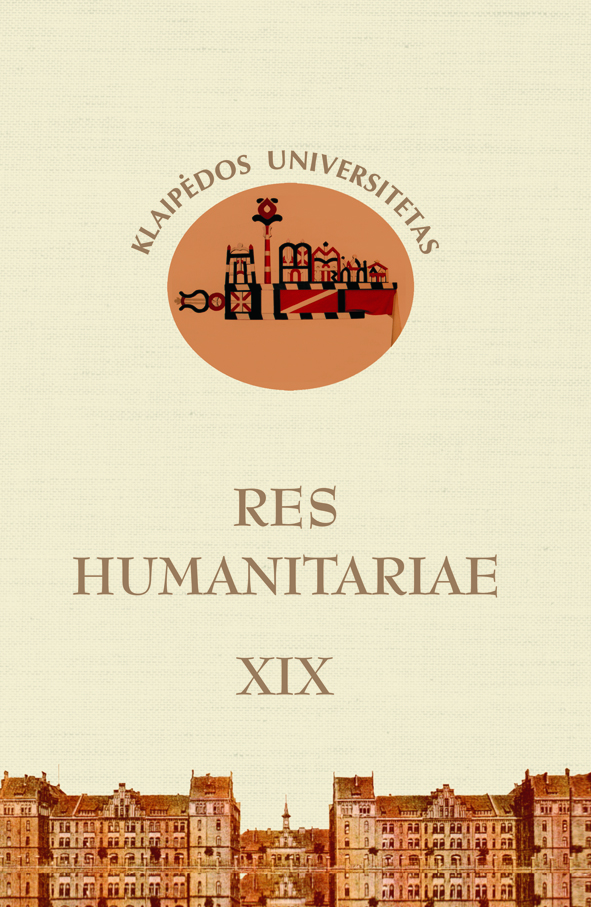Volume 19, Issue 1 (2016), January 2021

Order by:
Pub. online: 31 Mar 2025
Type: Introduction
 Open Access
Open Access
Abstract
Pub. online: 4 Aug 2022
Type: Article
 Open Access
Open Access
Abstract
Pub. online: 31 Mar 2025
Type: Article
 Open Access
Open Access
Abstract
Pub. online: 4 Aug 2022
Type: Article
 Open Access
Open Access
Abstract
Pub. online: 4 Aug 2022
Type: Article
 Open Access
Open Access
Abstract
Pub. online: 4 Aug 2022
Type: Article
 Open Access
Open Access
Abstract
Pub. online: 4 Aug 2022
Type: Article
 Open Access
Open Access
Abstract
Pub. online: 4 Aug 2022
Type: Article
 Open Access
Open Access
Abstract
Pub. online: 31 Mar 2025
Type: Article
 Open Access
Open Access
Abstract
Pub. online: 31 Mar 2025
Type: Article
 Open Access
Open Access
Abstract